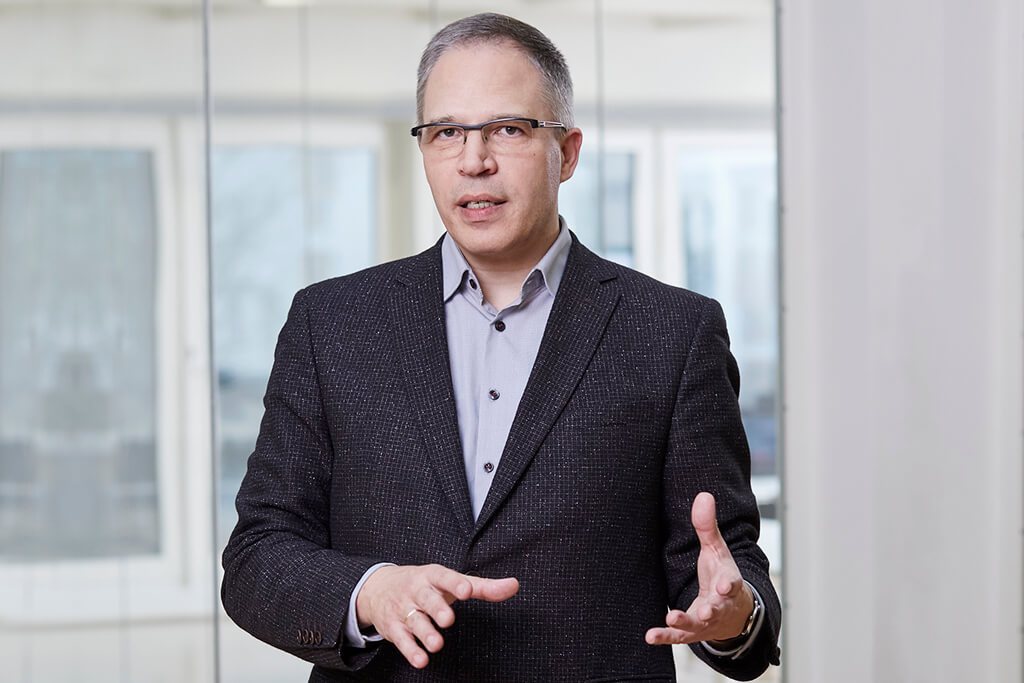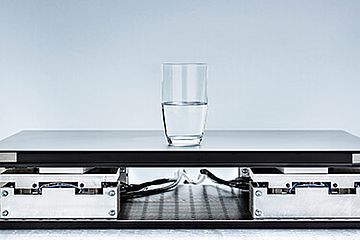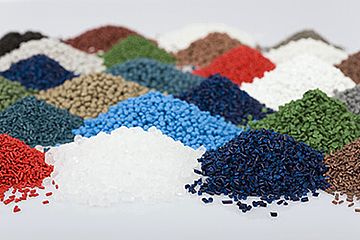
Structural durability division
Fraunhofer LBF has been doing an impressive job for over eighty years in this area: the mobility industry, me- chanical and plant engineering and renewable energies benefit from equally light and reliable products designed for the entire operating and utilization phase. In terms of structural durability, we have reached a historic milestone with the 8-step block program from Ernst Gaßner. Today, we combine state-of-the-art numerical, metrological and experimental methods of structural durability with a solution quality that meets our standards: “We create lightweight construction. Reliably.”
Methods and procedures for the fatigue life oriented assessment of structures and proof of safety and struc- tural integrity are our core competencies. They can be found in successful products, in material and component innovations as well as in novel processes, such as in additive manufacturing.
As part of digitalization, these core competencies within powerful instruments are supplemented by cyber-physical simulation and a description of cyclical material characteristics extending continuously from the LCF through the VHCF regime.
With a strong focus on applicability, our research and work is dedicated to the fatigue life oriented design of safe components, assemblies and systems in road and railway vehicle construction as well as in shipping and aviation, but also in crane manufacturing and for wind turbines. Our two divisions are specialized in everything from the material to the complete structure and will support you expertly.

Materials and Components:
- Structural durability of metallic materials and components under cyclic oscillation loading with constant and variable amplitude loading.
- Development and application of numerical methods for component dimensioning with the consideration of manufacturing properties and surface post-treatment.
- Efficient determination of the fatigue strength of components and statistical evaluation of Wöhler and Gaßner lines.
- Adapted testing technology for low-load tests with high-precision, reproducible force and deflection specification.
- Fatigue strength of materials and components under the influence of aggressive media, such as fuels, corrosive aqueous solutions or hydrogen.
Assemblies and Systems :
- Characterization of rubber / metal components, determination of the structural durability.
- Numerical elastomer models, assignment of quantitative data from the experiment.
- Description of complex kinematics using multi-body simulation (MBS), construction and verification of such models up to the complete vehicle.
- Derivation of time-lapse test programs for laboratory testing (basis: measured load-time series).
- Multiaxial laboratory tests for assemblies / systems (load-bearing components, such as wheel-guiding and rotating chassis systems).
- Design, development and implementation of customized testing scopes incl. construction of any necessary special test rigs.
- Operational load simulation trials, ensuring the structural durability of assemblies / systems.
Contact

Division Director Structural Durability and System Reliability, Deputy Director
- R. Heim
- Phone: +49 6151 705-283
- ruediger.heim@lbf.fraunhofer.de

